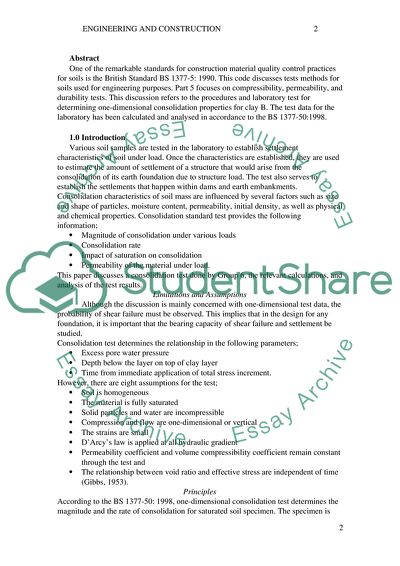Cite this document
(One Dimensional Consolidation Lab Report Example | Topics and Well Written Essays - 1750 words, n.d.)
One Dimensional Consolidation Lab Report Example | Topics and Well Written Essays - 1750 words. https://studentshare.org/engineering-and-construction/1816826-one-dimensional-consolidation
One Dimensional Consolidation Lab Report Example | Topics and Well Written Essays - 1750 words. https://studentshare.org/engineering-and-construction/1816826-one-dimensional-consolidation
(One Dimensional Consolidation Lab Report Example | Topics and Well Written Essays - 1750 Words)
One Dimensional Consolidation Lab Report Example | Topics and Well Written Essays - 1750 Words. https://studentshare.org/engineering-and-construction/1816826-one-dimensional-consolidation.
One Dimensional Consolidation Lab Report Example | Topics and Well Written Essays - 1750 Words. https://studentshare.org/engineering-and-construction/1816826-one-dimensional-consolidation.
“One Dimensional Consolidation Lab Report Example | Topics and Well Written Essays - 1750 Words”. https://studentshare.org/engineering-and-construction/1816826-one-dimensional-consolidation.


